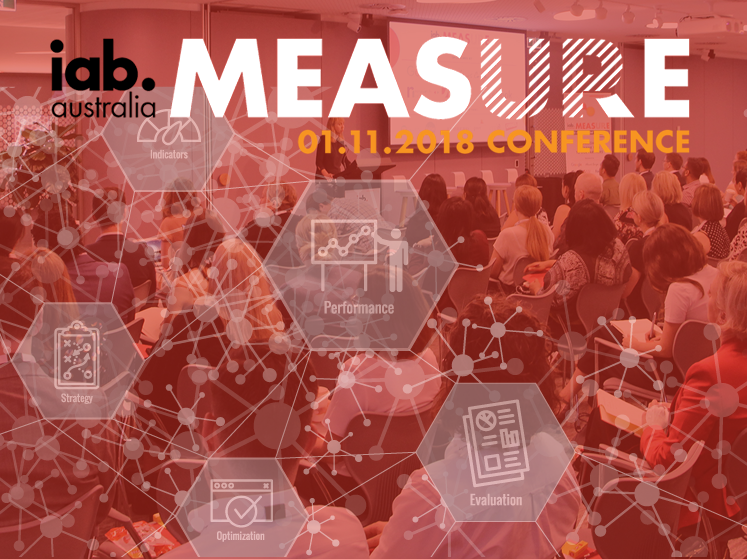
As the old saying goes, if it can’t be measured, then it can’t be managed. But how then do we, as an industry, manage in the ever-changing world of advertising and media measurement?
Many people would agree that a key ingredient is about getting the right people to the table.It’s the reason why events, like the recent IAB MeasureUp conference, are important for engaging all the key players – including media owners, advertisers, agencies and research/technology suppliers – to enable a focus on priorities.There we heard from many local and international voices from across the industry about what is being done, or needs to be done, to help shape the standards for measuring audience and effectiveness, and ultimately drive growth for advertisers and brands.
What seemed most clear to me at this year’s event, is that there’s not only more complexity, but that the key industry players demanded more from measurement.
For example, many studies have proved that combining different media channels will typically lead to more favourable outcomes, and data shared by Analytics Partners demonstrated that ROI typically improved when campaigns involved more media channels (online, TV, OOH, etc.).They encouraged a combined approach, but that itself brings with it more complexity – how can we measure audiences, at scale, across more media channels?
Nielsen shared one such solution from the U.S. known as Total Audience Ratings: a people-based rating system, combining TV and digital audiences. Importantly, this provides an apples-for-apples comparison across common metrics.While this represents a big step forward in audience and ad measurement, there are still challenges, as it is yet to provide a clear solution for all media channels and formats to enable advertisers to see total campaign ROI.
Addressing such challenges is important right now as it seems that ROI is becoming something that more advertisers are demanding of their media partners. And that is a good thing. Such is clear in research shared by Kantar Media, which showed that measuring/proving ROI was one of the biggest challenges facing marketers. And yet, these marketers also seemed to expect even more from this measurement, with survey data showing that the majority of them said it was important for ROI to measure both short-term and long-term impact. It’s the reason why, in other international markets like Japan, there are now systems combining media exposure and purchase data to provide a single-source dataset, as was shared in a presentation from Google APAC this year. However, to bring such systems to Australia would require more investment and buy-in from a lot more stakeholders.
It’s not to say that Australia is behind in the measurement game. Arguably, we have access to some of the best and most-advanced media measurement solutions in the world. This includes digital measurement through IAB/Nielsen and other systems such as OzTAM and emma, who were represented at MeasureUp and discussed their plans and challenges for the future.But the appetite from the market is still for more.
There is no easy answer. Perhaps the only way to do more is to do less? That is, we need to see less funding to media channels and formats that aren’t supported by robust, independent third-party measurement. This way we can commit more resources into data platforms and measurement systems that better represent the way marketers execute their campaigns, and ultimately drive better business outcomes. But we also need to ensure that these systems keep up with changes in consumer behaviour, and the increasing ways that people consume ads and content, which will simply require more resources.
What we do know is that we can’t expect marketers to manage their campaigns without measurement. And if marketers want more from our industry, and we want more investment from marketers, we need to do more in measurement … and MeasureUp!